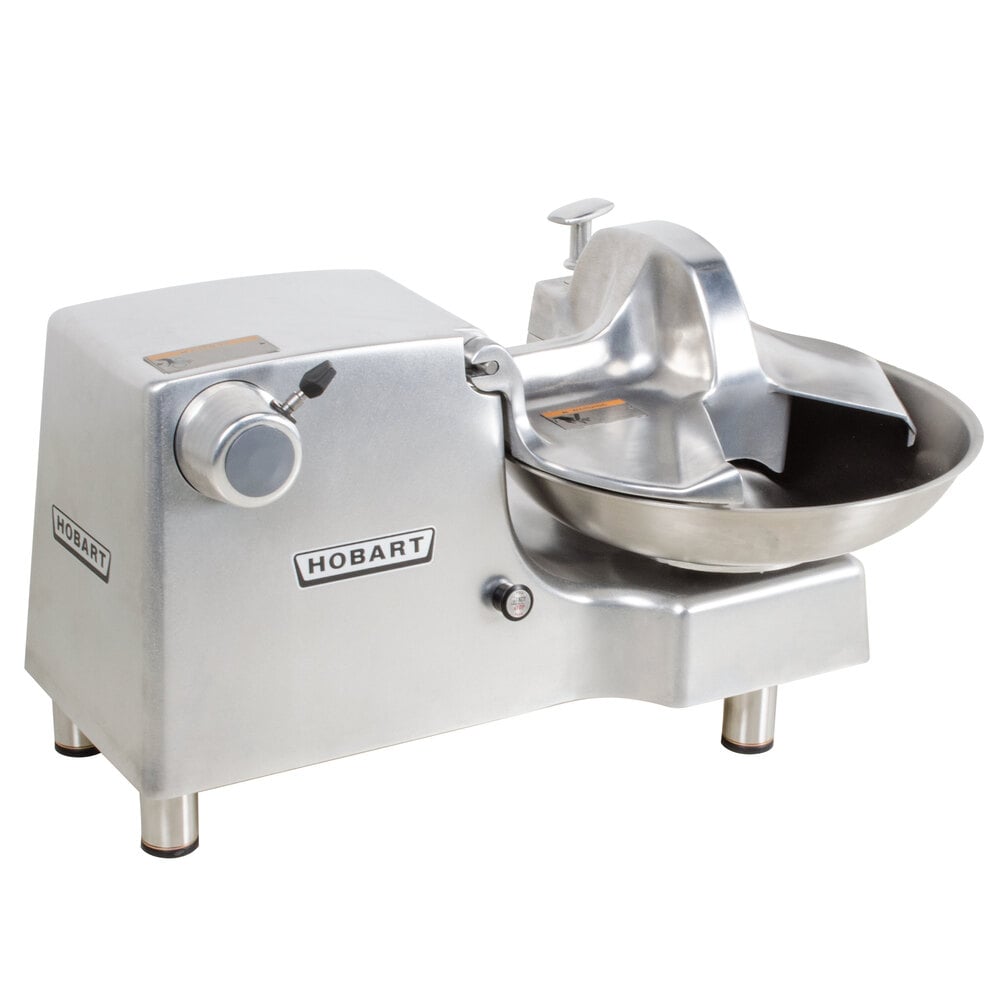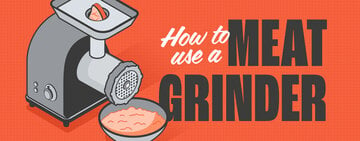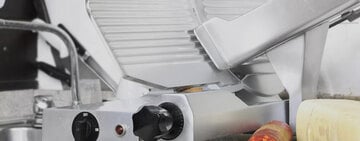What Is a Buffalo Chopper and What Is It Used For?
If you're in the foodservice industry, there's a chance that you've heard of a machine called a buffalo chopper. While the name makes this equipment sound like a tool that's useful for butchers in the American West, buffalo choppers are a great addition to most commercial kitchens. To learn more about what a buffalo chopper is, what you can use it for, and the story behind its name, keep reading.
What Is a Buffalo Chopper?
A buffalo chopper, also known as a bowl chopper or food cutter, is a machine that chops or emulsifies food by rotating it in a bowl under spinning blades. Because buffalo choppers’ bowls are shallow, they help to promote even cutting and prevent your ingredients from piling up during rotation. Each buffalo chopper has a guard that covers the blades while the unit is in use, but you can lift this cover while the machine is stopped in order to change the blades or remove them for cleaning.

Most buffalo choppers have adjustable speeds, so you can choose how finely the machine chops or grinds your ingredients. A slow speed will result in a rough chop, while faster speeds will mince or emulsify the food you place in the machine’s bowl.
Buffalo choppers are made in an assortment of sizes. Countertop options are typically used in settings like restaurants and cafeterias, while large floor models are ideal for high-output food manufacturers.
Buffalo Chopper Uses
While buffalo choppers are popular for processing meat, they are also useful for slicing and shredding other ingredients. Here are some ways that you can use your buffalo chopper:
- Mince pork or beef for sausage
- Chop nuts for baked goods
- Shred carrots and cabbage for slaws
- Slice root vegetables for side dishes
- Grind stale bread into breadcrumbs
- Crumble cheese for melting in sauces
Tips for Using a Buffalo Chopper
Because of its powerful motor and sharp blades, it is important that you understand how to use your buffalo chopper before you make it a mainstay in your equipment collection. Below, we share some quick tips to remember when using a buffalo chopper.

Chill Your Ingredients or Bowl Beforehand
Because of its quickly spinning blades, buffalo choppers can generate a lot of heat in a short amount of time. To prevent raw meats from reaching unsafe temperatures as you process them, work with frozen meat or chill your chopper’s bowl before mixing. If your recipe requires water to be added to your mixture, you can incorporate crushed ice into the bowl as your machine chops.
Wash and Dry Your Buffalo Chopper Thoroughly
Especially when processing raw meats, it is imperative that each part of your buffalo chopper is properly cleaned after use. Your chopper’s components should not be put in the dishwasher, though, as this may cause them to corrode, and running your unit’s blades through the dishwasher may dull them. Similarly, failing to adequately dry each piece before reassembling could lead to rusting.
Don’t Let Your Blades Become Dull
Without sharp blades, you may have to overwork your buffalo chopper. Not only will the unit be less efficient than it would be with properly sharpened blades, but it may not produce neatly chopped ingredients, either. If you are frequently using your chopper, it is important to give its blades as much maintenance as you would give to your chef’s knife.
How Did the Buffalo Chopper Get Its Name?
The buffalo chopper was invented in Buffalo, NY around the early 1900s. Some of the original machines’ parts were also produced in Buffalo, so many people believe that the name comes from manufacturing identification seen on early models.
It is also possible that foodservice workers continued to use the name over several decades because of the buffalo chopper’s ability to cut through tough meat, like buffalo.
With a distinctive name that shares a bit of its history, the buffalo chopper is a unique piece of equipment. The buffalo chopper's sharp blades and powerful motor make cutting and emulsifying tough ingredients easy, which is why this cutter is popular in foodservice as well as food manufacturing. But buffalo choppers' components require special care and maintenance to stay efficient and safe. If you need tips for how to use and maintain your buffalo chopper, refer back to this guide.



